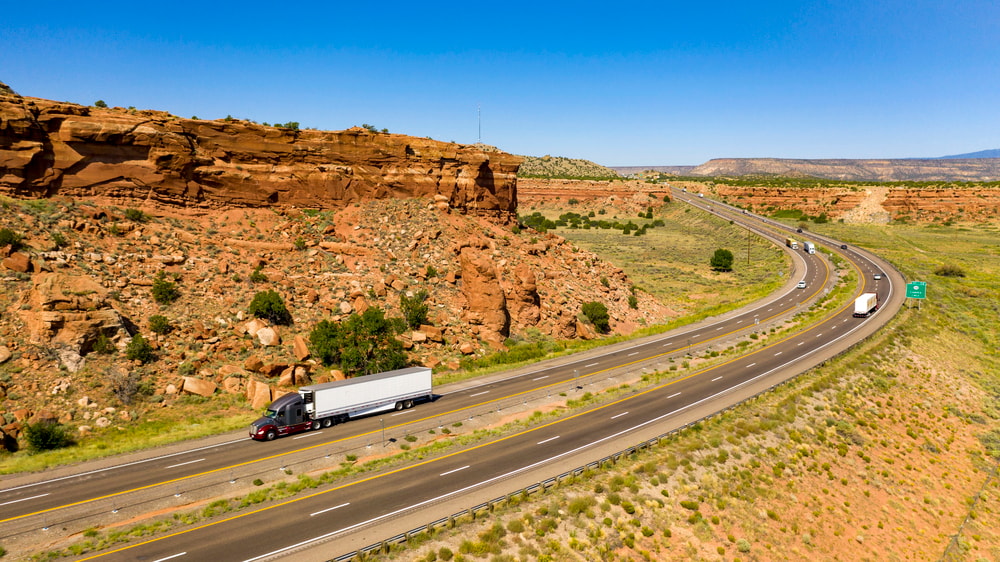As the temps rise, so do the risks. Summer is construction season, heavy traffic, holiday travel, and local events—more challenges for professional drivers on the state’s roads.
At ShipEX, safety isn’t just a rule—it’s a mission. Whether you’re driving across the country or navigating a busy city route, safety has to be the top priority. Every vehicle, every mile, and every minute behind the wheel matters—not just for you, but for the passengers, workers, and other motorists sharing the lane.

Navigate Work Zones with Care
Plan Ahead
Check for road closures and active work zones on state DOT websites or mobile apps. Planning ahead helps you navigate work zones safely, reduce delays, and stay in control of your route.
Stay Alert
Look for signs, flashing lights, cones, and flaggers—clear indicators that you’re entering a work zone. These areas often have reduced lanes, shifting traffic patterns, and active workers.
Follow Speed Limits
Adhere to posted limits in work zones. Speed is the leading cause of work zone crashes and slowing down is one of the best ways to keep a work zone safe.
Maintain Safe Distances
Leave extra space between your truck and the vehicle ahead. Rear-end crashes are common in zones where traffic starts and stops.

Avoid Distractions and Stay Focused
Put the Phone Away
Using a phone while driving is one of the most dangerous habits a commercial driver can have. It’s not just risky—it’s against federal regulations. To stay on course, keep your hands on the wheel and eyes on the road.
Limit In-Cab Distractions
Small actions like eating, reaching for items, or adjusting the radio can have big consequences. Keep your attention on the vehicle and limit anything that takes your focus—even casual chats with passengers.
Stay Vigilant
Scan the road ahead, behind, and to the sides. Stay alert for traffic shifts, signs or changing weather. The best way to avoid distractions is to be fully present and stay focused on your surroundings.
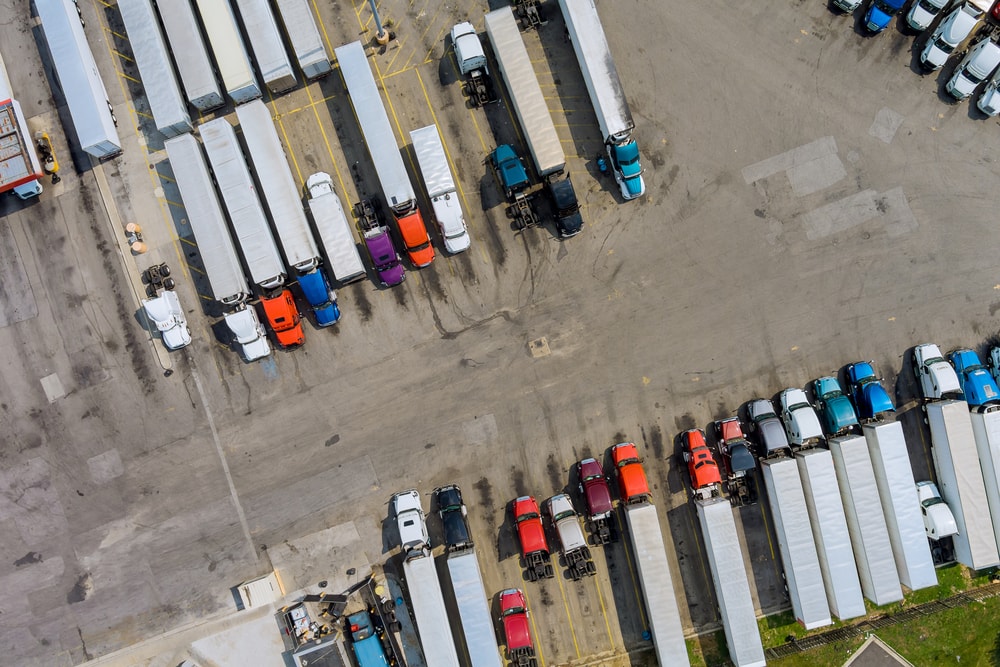
Know the Impact of Summer Events
More Traffic
Summer means more people are on the move—family vacations, outdoor events, and weekend getaways. That means more traffic on highways, local roads, and rural areas. More cars and unpredictability add complexity to your route.
Plan Your Route
Review your route before every trip. Anticipate delays, look for alternate lanes or detours, and stay flexible while driving across the country. Adjusting ahead of time helps you stay on schedule and out of avoidable slowdowns.
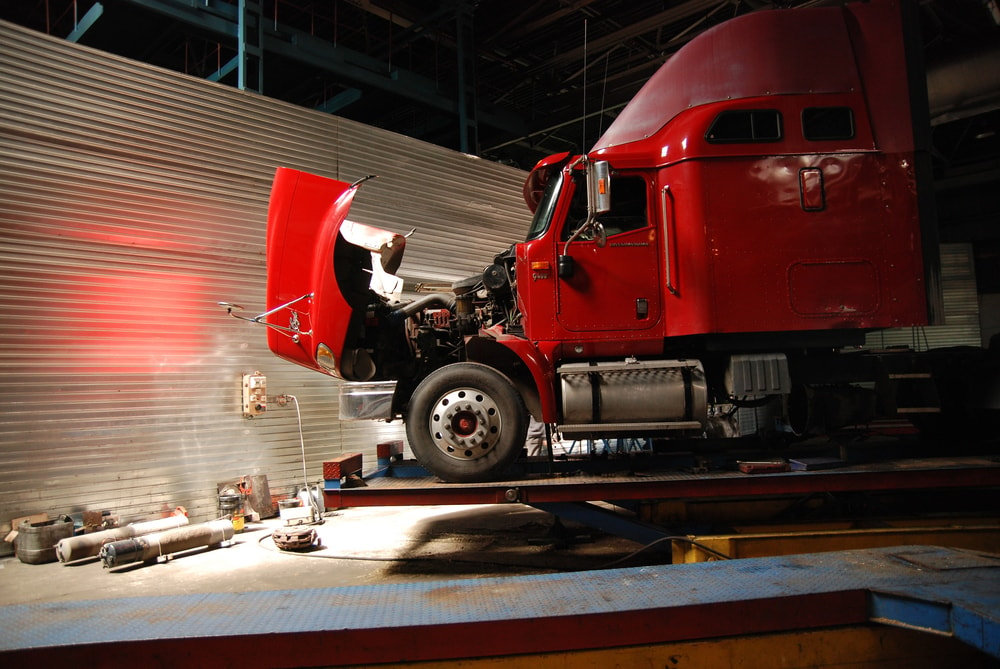
Vehicle Maintenance
Pre-Trip Inspections
Before each trip drivers should complete a full pre-trip inspection. Focus on tires, brakes, lights, and especially cooling systems. A well-maintained vehicle is the first defense for safe driving during long hauls and summer heat.
Check Tire Pressure
Heat increases tire pressure and the risk of blowouts. During peak road construction and heavy traffic periods, tire failure puts everyone in danger. Check your pressure often and keep it at the recommended level.
Check Cooling Systems
Engines work harder in hot weather. Inspect coolant levels, fans, and belts to avoid overheating. A breakdown mid-commute not only delays freight—it also compromises safety.
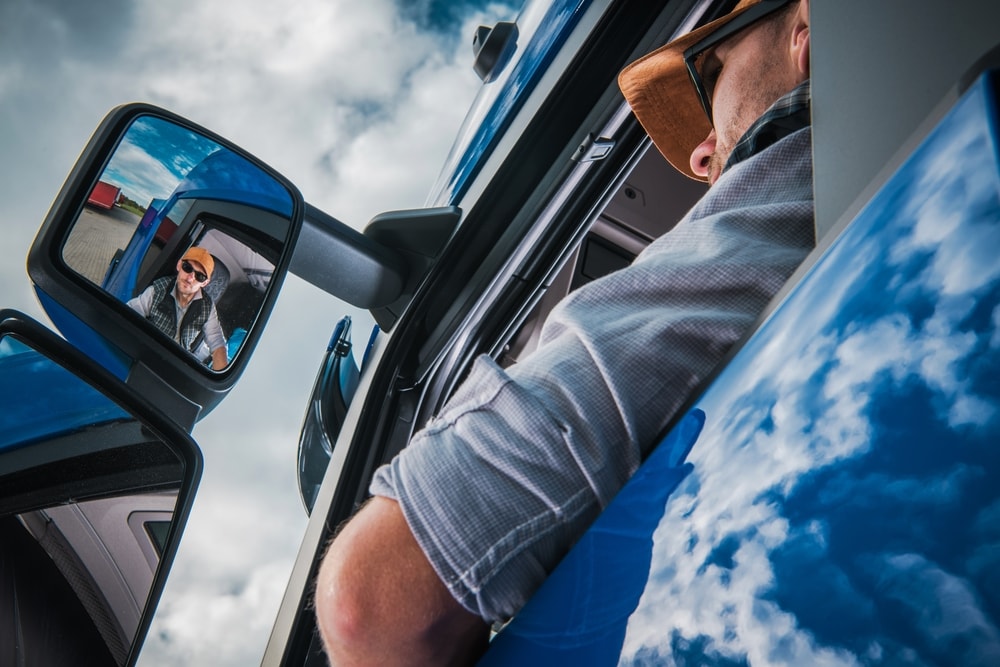
Defensive Driving
Anticipate Others
Summer means more drivers—and more unpredictability. Stay on a safe course by watching for sudden lane changes, hard stops, and distracted behavior. Defensive driving prevents crashes, especially in congested zones.
Use Signals Early
Always use turn signals well in advance. On busy state roads, clear communication helps maintain flow and reduces confusion keeping the lane safer for everyone.
Be Patient
Delays are part of summer driving. Stay calm, stay focused, and remember your mission: get there safely. A patient mindset can prevent frustration-driven mistakes that put others at risk.
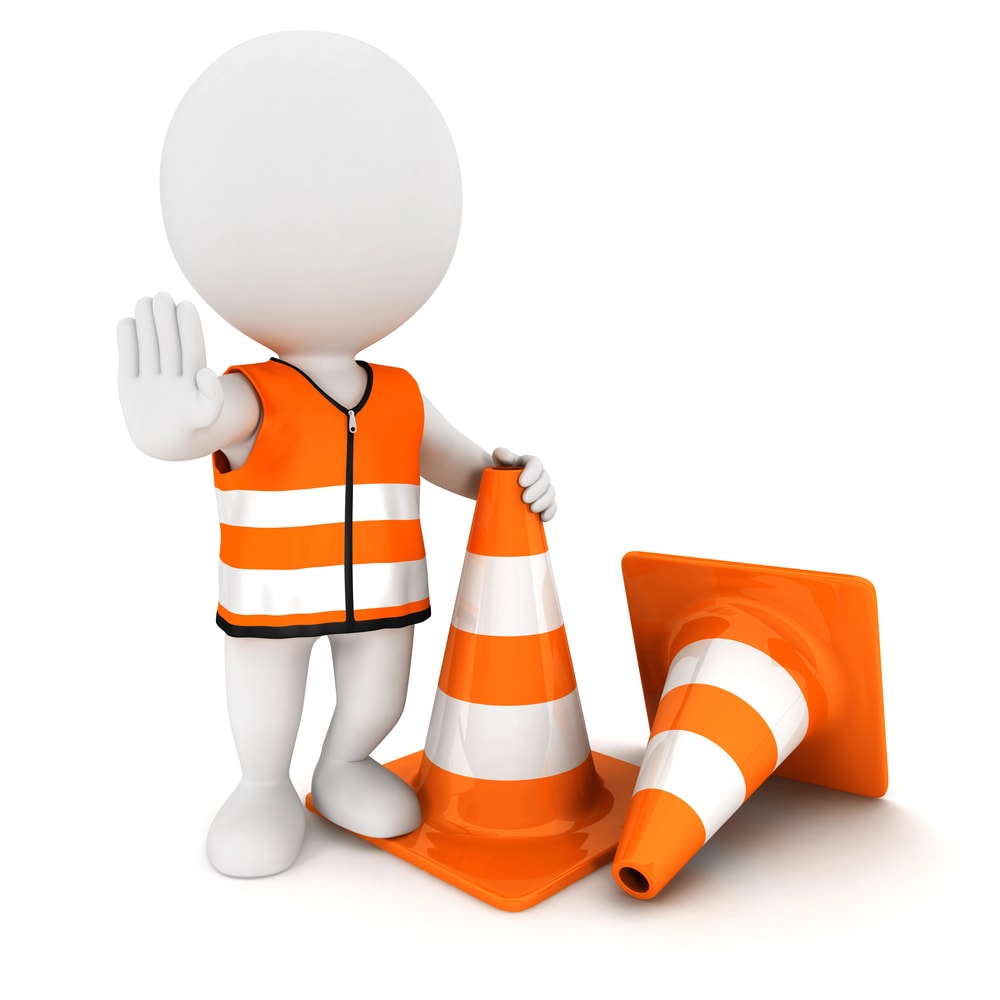
Safety is Everyone’s Responsibility
Safe driving isn’t just a seasonal goal—it’s a year-round mission. But in summer with more traffic, more signs to follow, and frequent work zone safety hazards that mission becomes even more important. Every move a driver makes impacts not just their own journey but the safety of others around them.
To stay on a safe course stick to the basics: avoid distractions, plan ahead, and drive with care. Your safety—and the safety of others—depends on preparation, awareness, and making safety a constant priority. Whether it’s a long haul or local delivery staying alert helps keep freight moving and lives protected.
